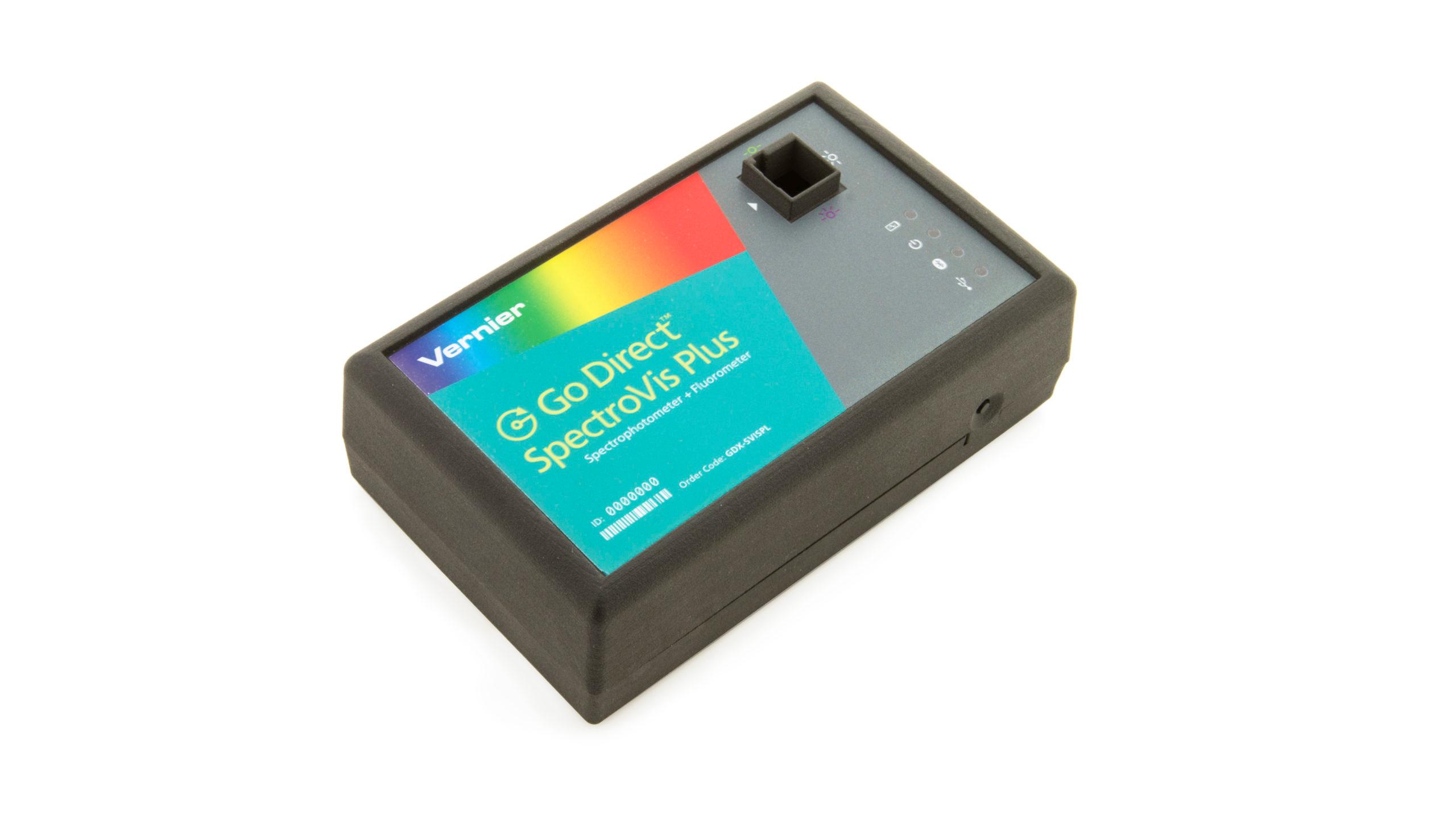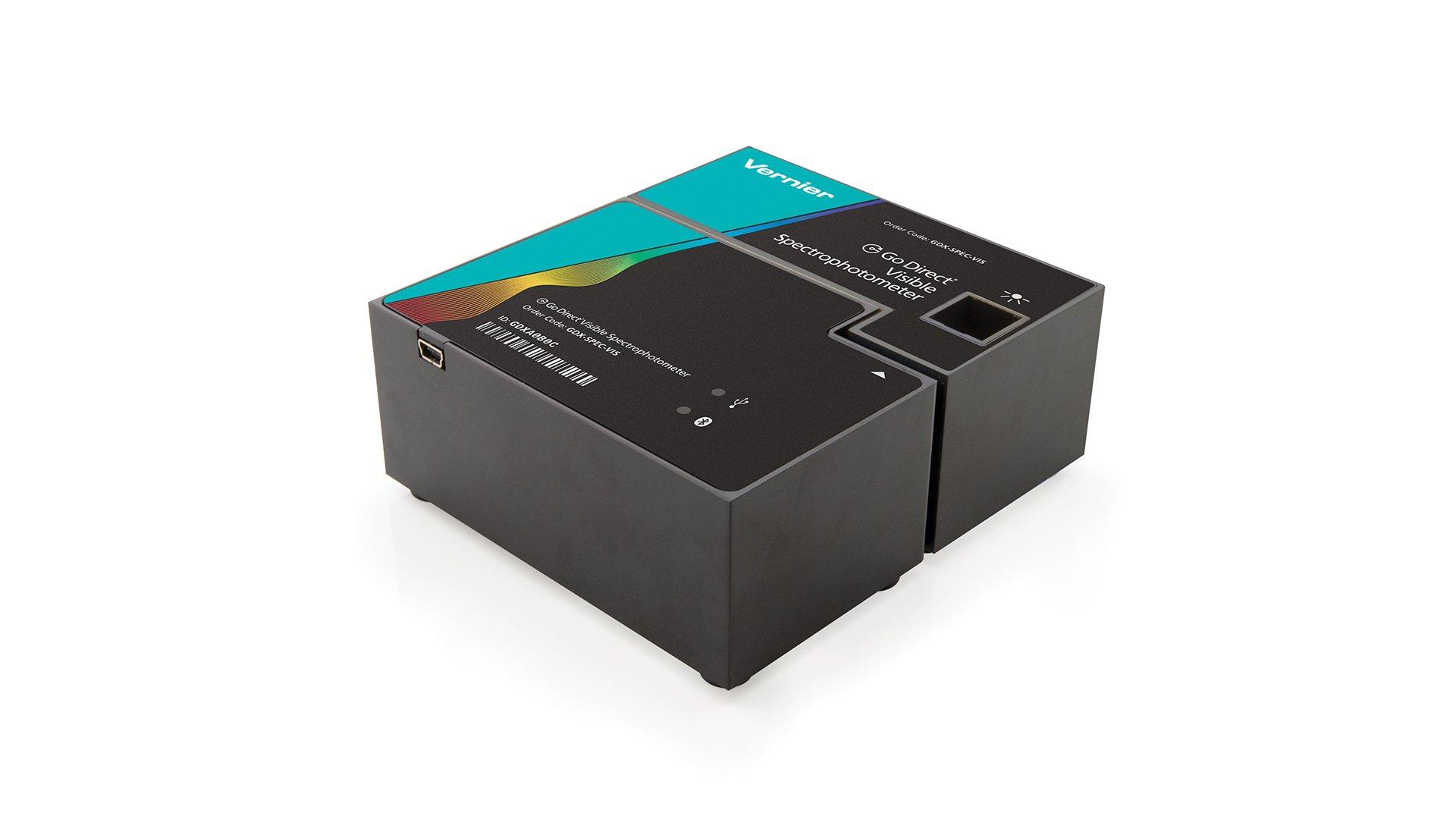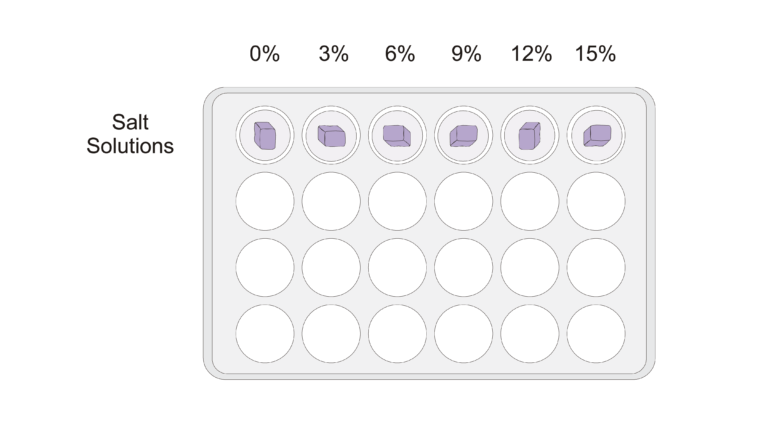
Introduction
The primary objective of this experiment is to determine the stress that various factors, such as osmotic balance, detergents, and pH, have on biological membranes. Membranes within cells are composed mainly of lipids and proteins. They often serve to help maintain order within a cell by containing cellular materials.
One type of vacuole in the cells of plants, the tonoplast, is quite large and usually contains water. In beet plants, this membrane-bound vacuole also contains a water soluble red pigment, betacyanin, that gives the beet its characteristic color. Since the pigment is water soluble and not lipid soluble, it is contained in the vacuole when the cells are healthy. If the integrity of a membrane is disrupted, however, the contents of the vacuole will spill out into the surrounding environment and color it red. This usually means the cell is dead. If beet membranes are damaged, the red pigment will leak out into the surrounding environment. The intensity of color in the environment should be proportional to the amount of cellular damage.
You will test the effect of osmotic balance, detergents, and pH changes on biological membranes. The presence of certain salts is essential for most plant growth, but too much salt can kill plants. Even salts that are not transported across cell membranes can affect plants—by altering the osmotic balance. Osmosis is the movement of water across a semipermeable membrane from a region of low solute concentration to a region of higher solute concentration. It can greatly affect a cell’s water content when the amount of water inside the cell is different than the amount outside the cell. You will test to see how this osmotic stress affects the cellular membrane integrity.
Objectives
In this experiment, you will
- Use a Colorimeter to measure color changes due to disrupted cell membranes.
- Determine the effect of osmotic balance on biological membranes.
- Determine the effect of detergents on biological membranes.
- Determine the effect of pH on biological membranes.
Sensors and Equipment
This experiment features the following sensors and equipment. Additional equipment may be required.
Option 1
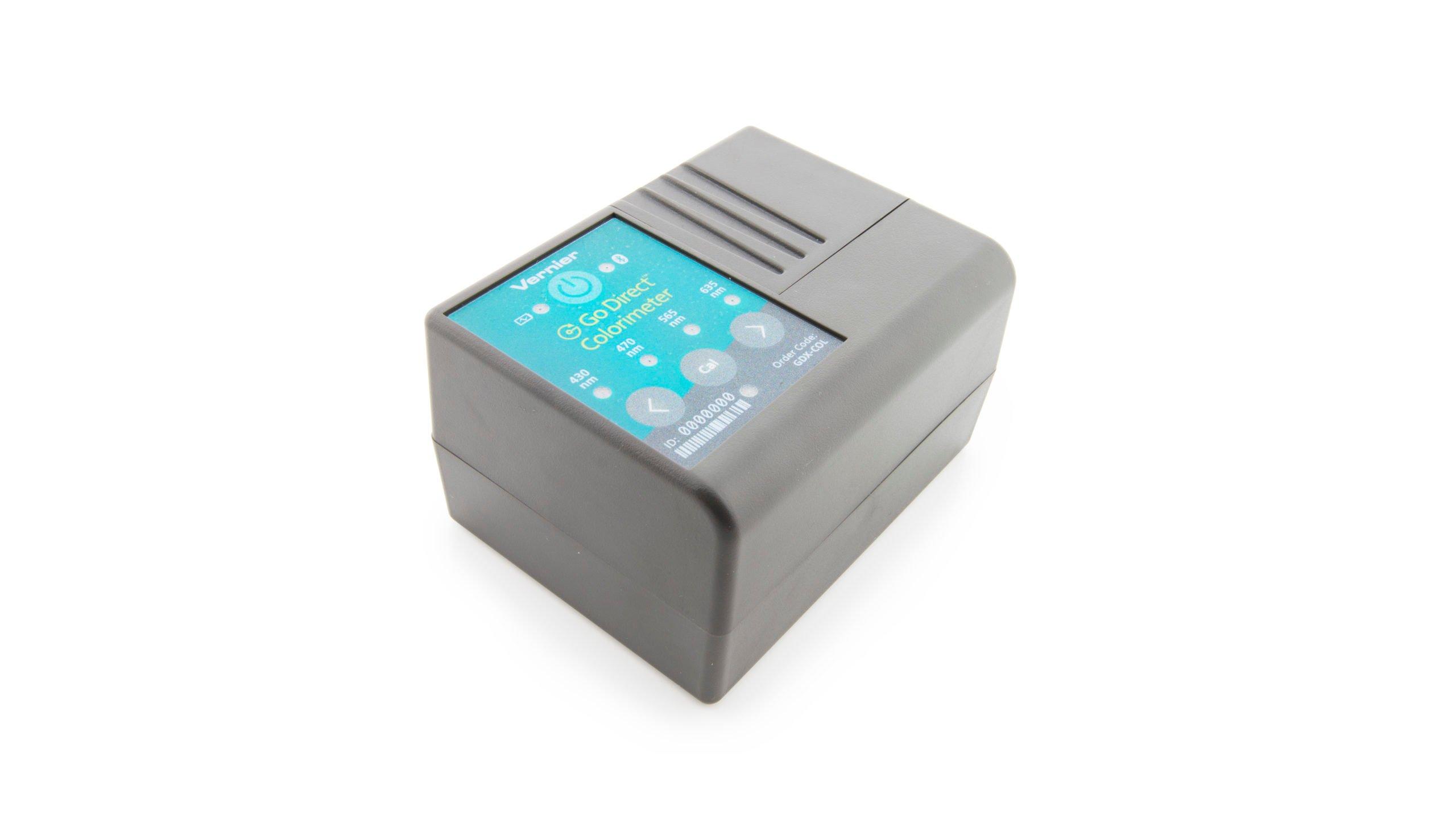
Option 3
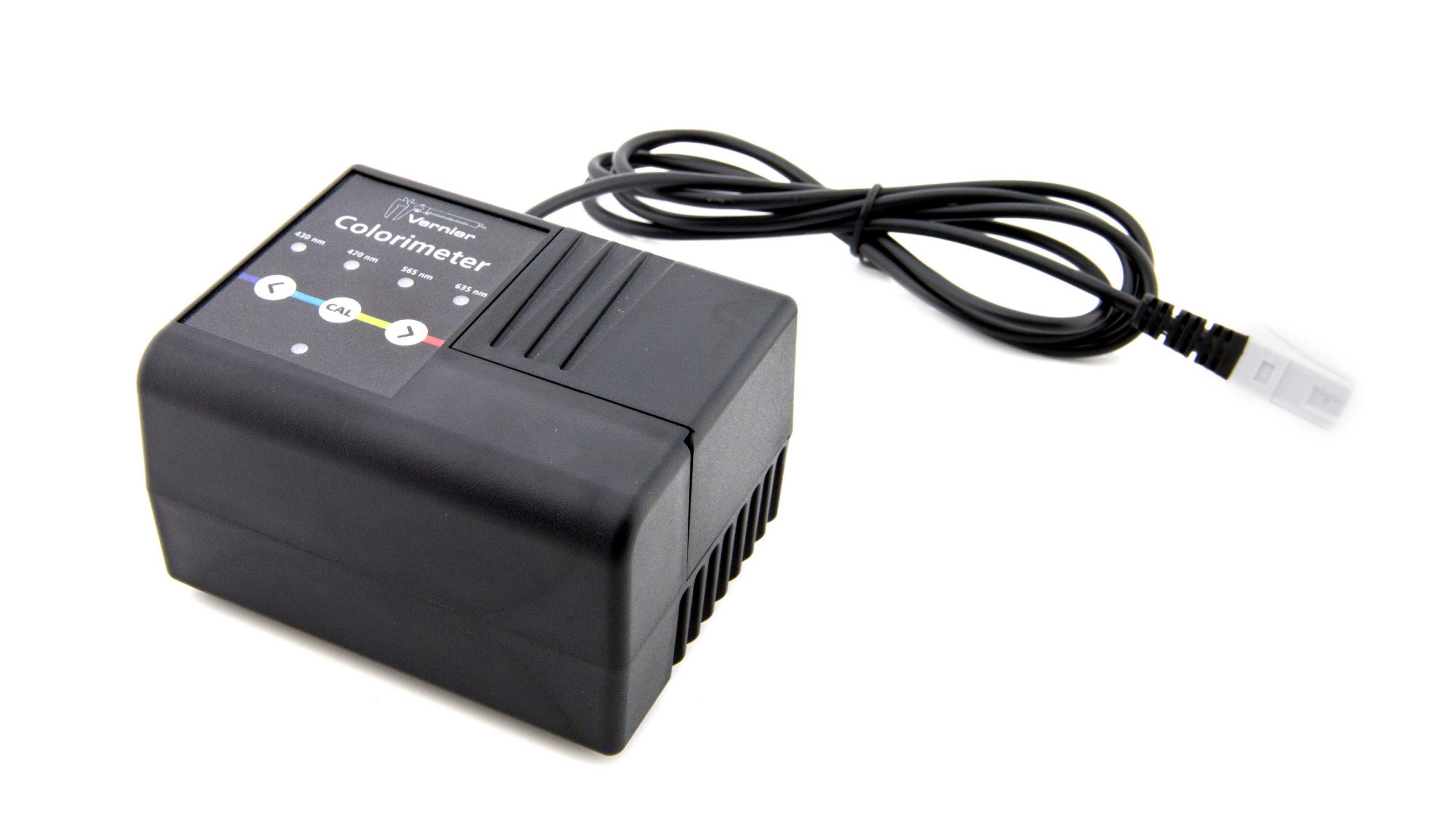
Ready to Experiment?
Ask an Expert
Get answers to your questions about how to teach this experiment with our support team.
- Call toll-free: 888-837-6437
- Chat with Us
- Email support@vernier.com
Purchase the Lab Book
This experiment is #9 of Biology with Vernier. The experiment in the book includes student instructions as well as instructor information for set up, helpful hints, and sample graphs and data.

